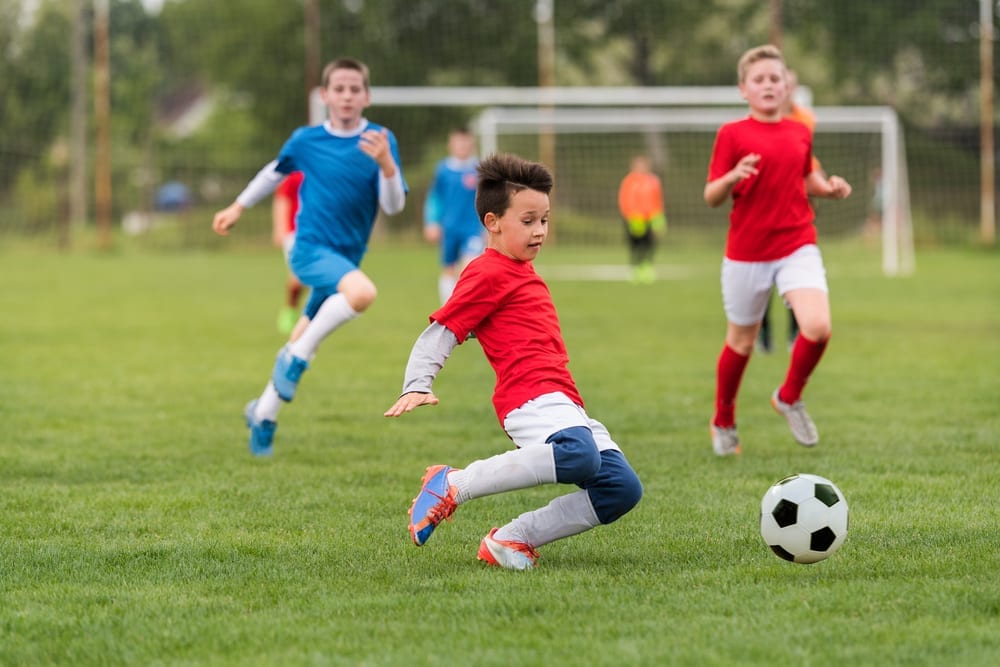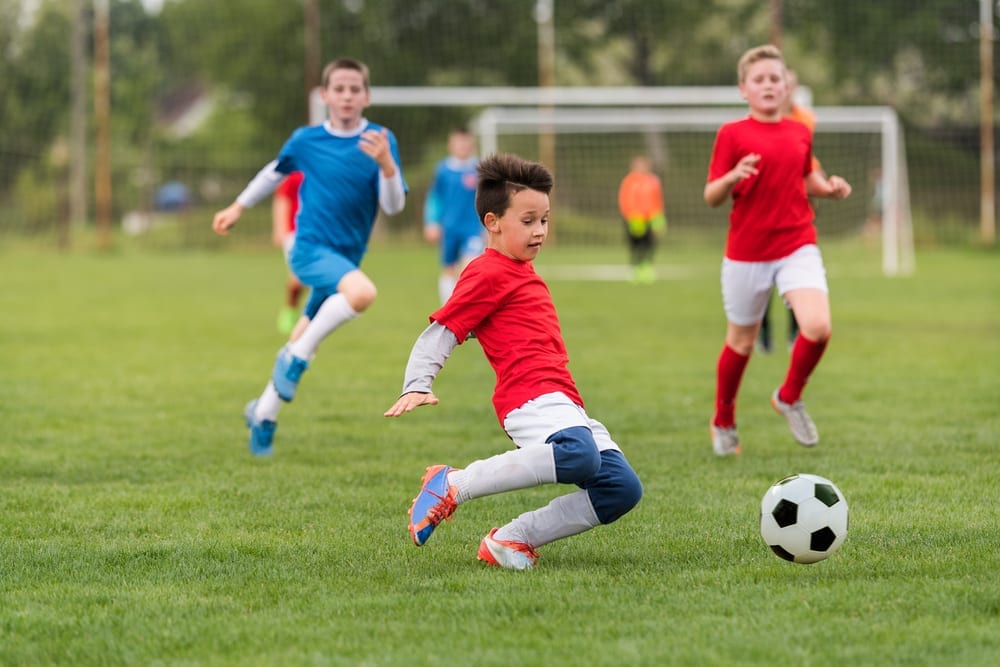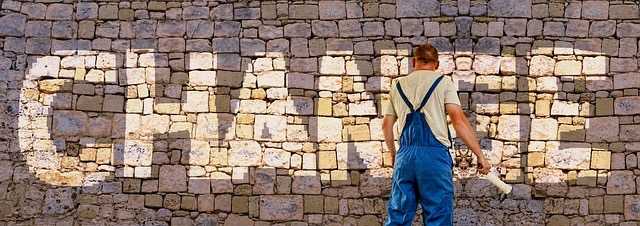
Ankle sprains are a common injury in young soccer players and can cause significant disruption to a season. Unfortunately many patients who experience one lateral ankle sprain go on to develop long term instability and recurrent injuries to the same ankle.
Data shows that being actively involved in regular soccer increases your risk of having an ankle sprain compared to involvement in some other sports. Interestingly, defenders may have an increased risk compared to their attacking team mates. Athletes with certain foot shapes, weakness in the peroneal muscle groups or a proprioceptive deficit (more on that later) may also have an increased risk.
There is a growing body of evidence suggesting that early intervention after a soccer ankle sprain can both reduce time to return to sport and reduce risk of long term negative outcomes. Therefore if you or your child suffers an ankle injury, it is advisable to seek professional advice sooner rather than later.
Common ankle injuries
Lateral ankle injuries occur when the foot goes inside and underneath the ankle (inversion injury). This can happen when running without the ball, or when on the ball or even in a tackle.
Injury often occurs to the ligaments (the anterior talo-fibualar ligament is the most commonly involved but the calcaneo-fibualar ligament can also be affected). The peroneal muscles that run down the outside of your ankle and the tip of the fibular bone may also be involved. Injuries can be strains to these structures, partial tears or full ruptures.
Often there may be a delay to swelling and in some instances there may be significant bruising a day later.
Treatment
Initial treatment of a sprained ankle consists of PRICE (Protection Rest Ice Compression Elevation) but there is increased evidence to suggest early mobilization and exercise based intervention leads to faster return to sport times. Recent British Journal of Medicine guidelines strongly discourage the use of immobilization beyond the first few days post injury.
After an injury it is important to re-establish lateral ankle strength and proprioception. Proprioception is our awareness and perception of position and movement of our body and is strongly linked with our sense of balance. In the case of lateral ankle sprains we often see a delay of activation of the peroneal muscles and overall reduced co-ordination of the affected lower limb. Both strength and proprioception can be improved through appropriate exercises.
The use of taping, bracing and footwear modifications all have a role to play in the treatment of ankle sprains and the reduction of risk of re-injury. Often taping can be applied by the individual before training and games.
At Spine Sport Feet, our podiatrists can assess the lower limbs and help provide you with an appropriate home treatment plan, taping instructions, footwear assessment and in shoe therapy as required.
Book an appointment today to see a podiatrist at Spine Sport Feet clinic or phone (07) 5580 5655.






